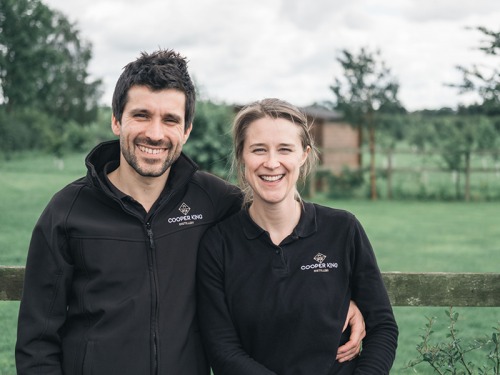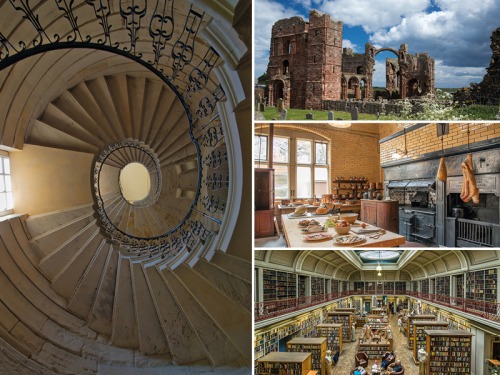Inside Ad Gefrin's New Museum and Whisky Distillery in Northumberland
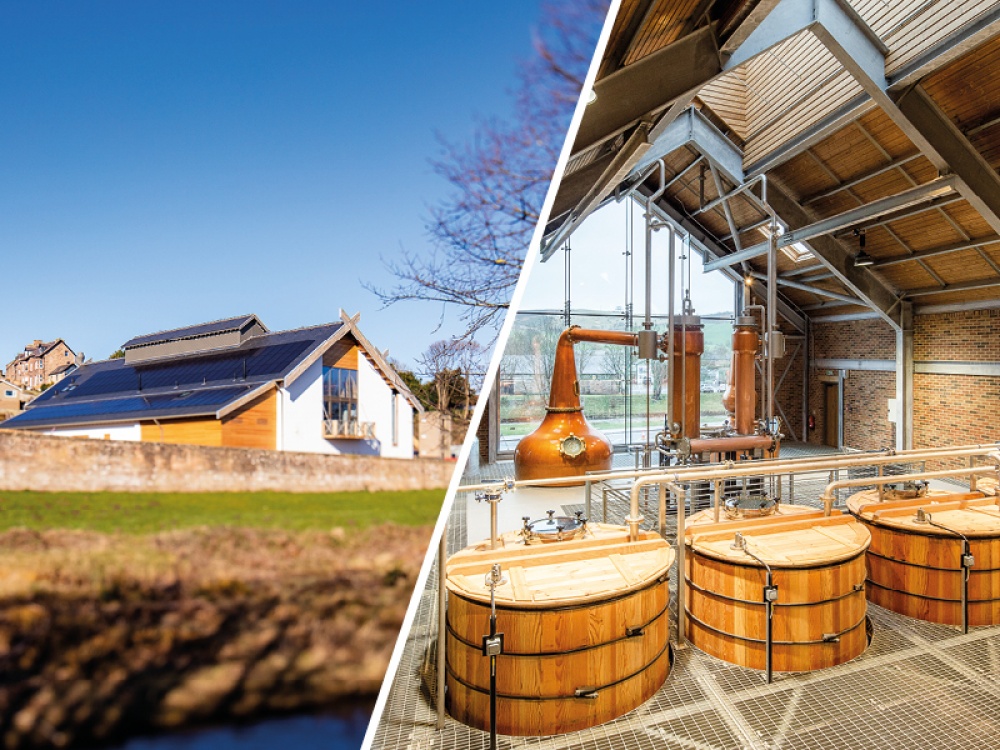
As a new £16 million museum and whisky distillery opens in Wooler, Kate Foley discovers the people, passion and historic places behind Ad Gefrin - and considers just what it might do for this under-appreciated corner of the North East
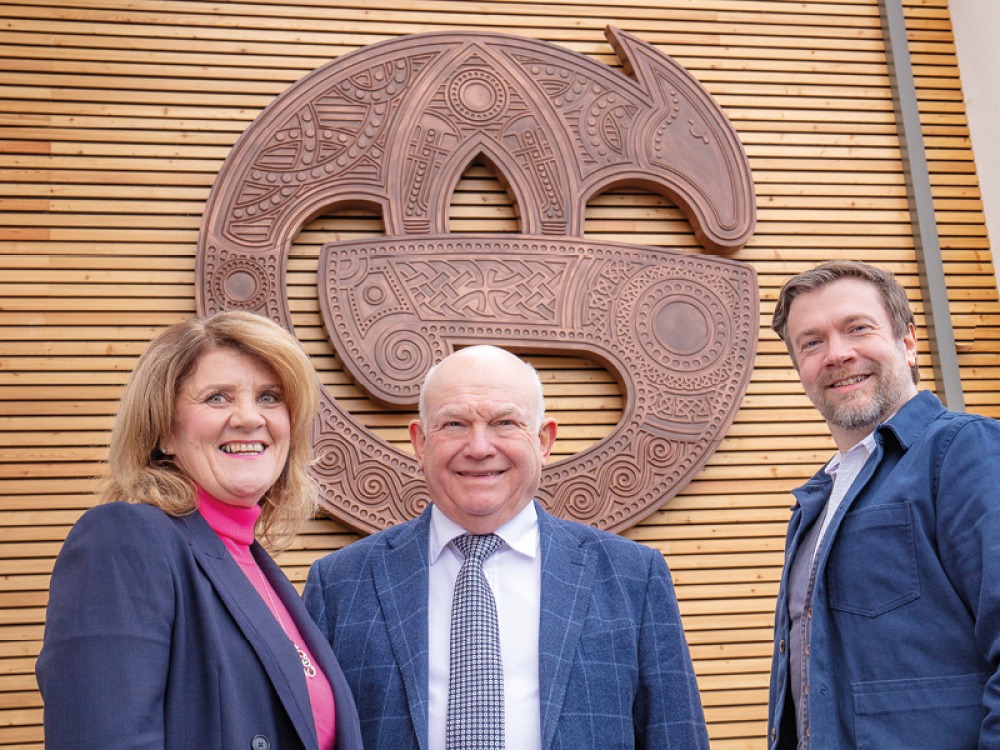
Now, with the opening of Ad Gefrin Anglo-Saxon Museum and Whisky Distillery in the heart of their hometown of Wooler, their plan has come to fruition. This major new tourist attraction is expected to transform the future of the local community and the local economy, and represents the single most significant investment in Wooler and the surrounding area of North Northumberland in recent memory.
Of the £16 million which has been invested in this unique site, much of it has come from the founders themselves. However, such is the promise of its impact on the Northumberland tourism industry that the project has also attracted additional funding, including £4 million from Borderlands Inclusive Growth Deal, £1 million from Northeast LEP, and £600,000 from Northumberland County Council.
Alan and Eileen can trace their roots back through old Borders families for 1,500 years in this area, and it’s clear that for them, this is a project based on passion and the desire to give something back to their hometown. ‘This has been a project that’s from the heart,’ says Eileen. ‘This place is where I was born, and this place has so many memories for all of us.’
The building, she says, is a celebration of the area. ‘It’s in a town that needs a bit of regeneration, and we hope that we’re going to be a catalyst to do that because that’s what we need,’ she continues. ‘We live in the very furthest tip of Northumberland and we’ve got very little infrastructure, we’ve had very little inward investment, and [now] we’re showing you that we believe in this region, we believe in this town. We’ve invested our all in getting it to this stage.’
Read More: Northumberland Farmer and Businessman on the Benefits of Growing Hemp and Why There's a Market for the Crop
Alan and Eileen met on the very site where Ad Gefrin now stands. ‘This means a lot to us,’ says Alan. ‘I’m really, really passionate about this region, and about the people that live here, because that’s what makes this place so special. This is our way of trying to empower people to realise that there is a vision for the future, things can be done, and we can achieve great things together – and we’ve got together a great team.’
As it opens, Ad Gefrin is already employing 60 people (almost half of whom live in Wooler itself, with most of the rest coming from across North Northumberland). They’re aiming to attract 35,000 visitors per year.
In addition to its promised economic impact, Ad Gefrin will put Wooler on the cultural map of Britain in a way it has not been for more than 1,000 years. The Ad Gefrin Museum brings life to the largely untold story of the Anglo-Saxon kings and queens of the ‘golden age’ of Northumbria, whose royal palace at Yeavering, just outside Wooler, once attracted visitors from all over Europe, Scandinavia and as far away as North Africa.
The museum will offer visitors an immersive experience and displays of rare and never before seen Anglo-Saxon treasures from the British Museum and other collections, many of which are returning home to the North East for the first time in more than 30 years.
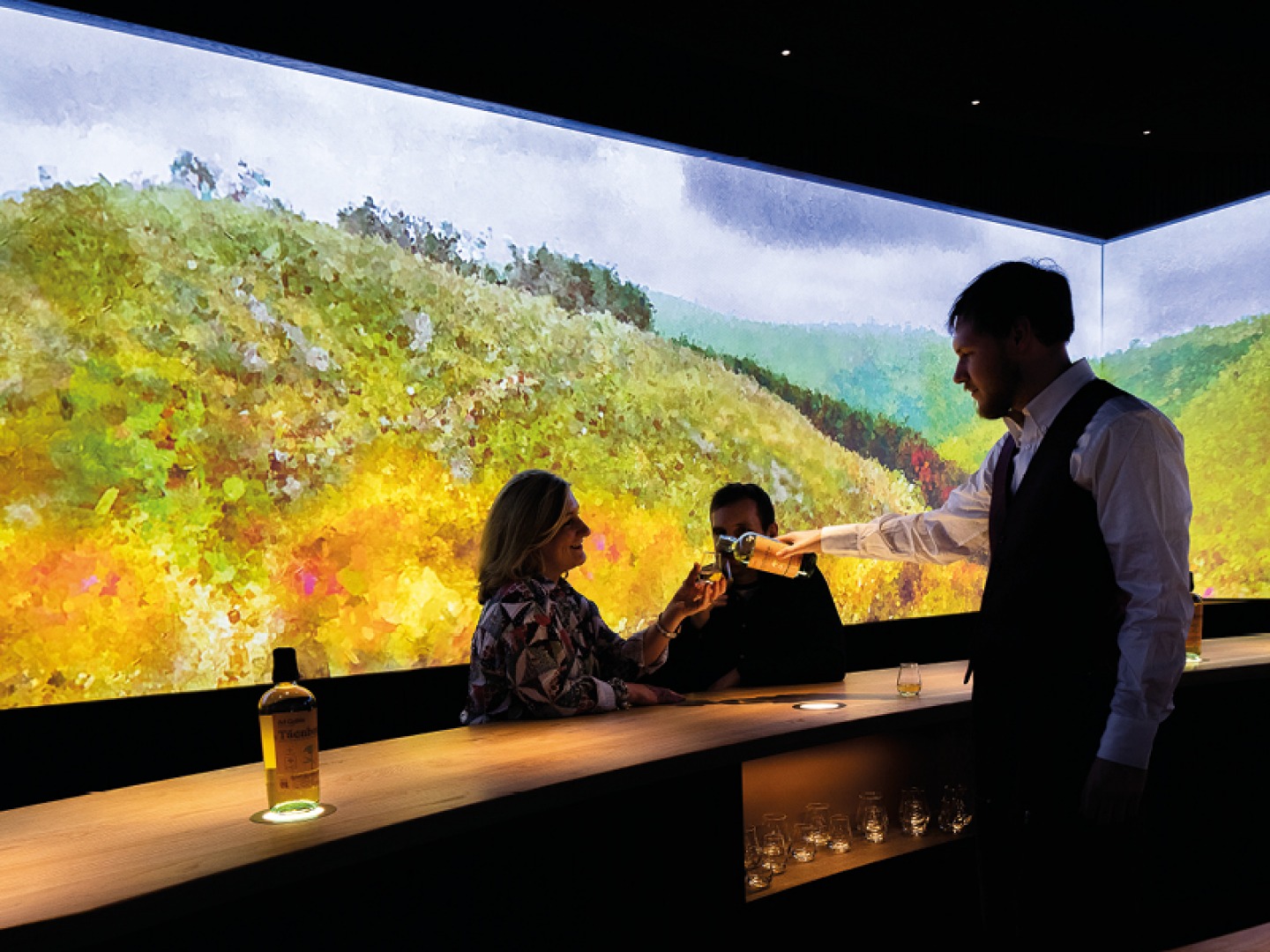
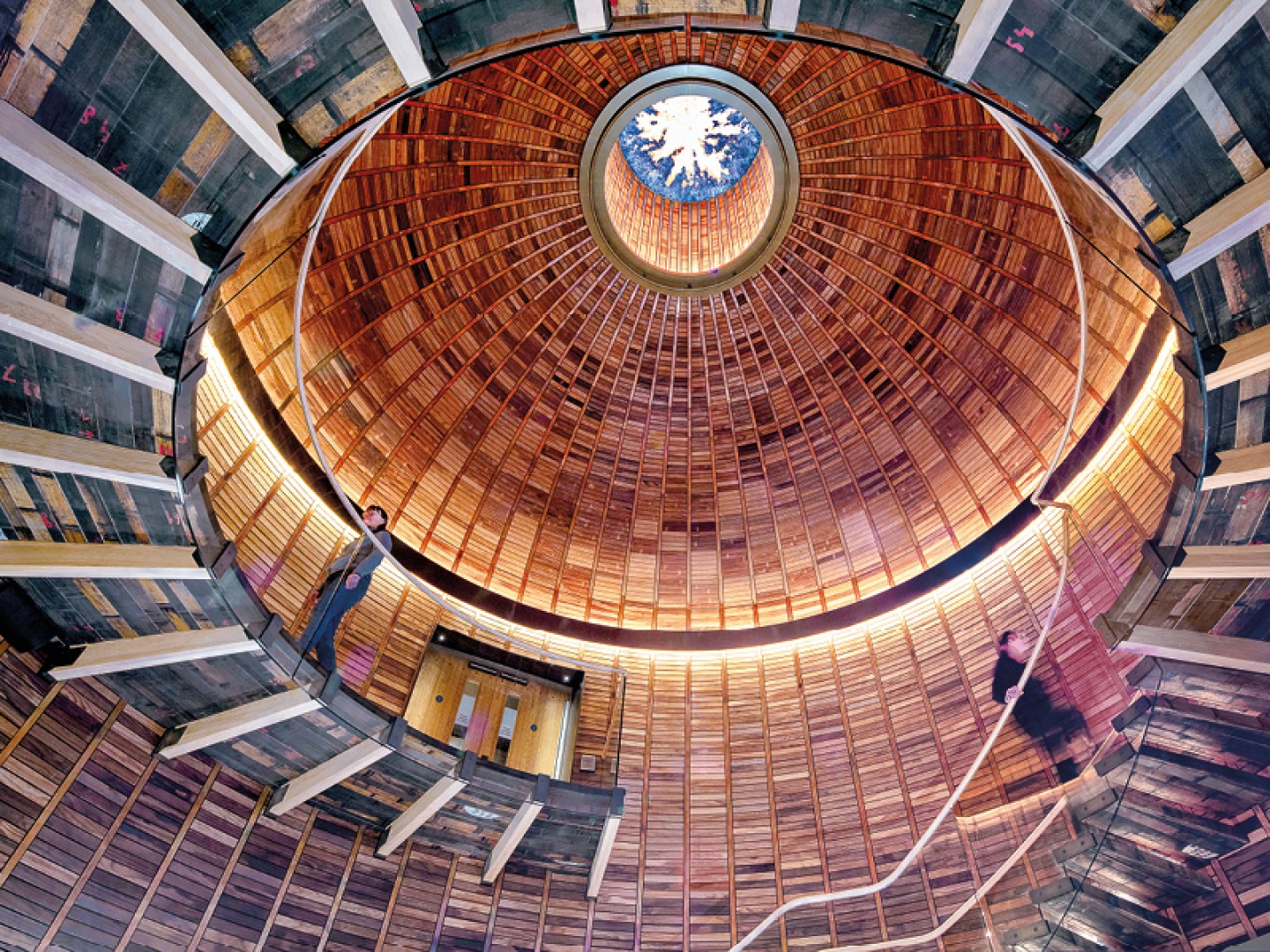
‘Alan and Eileen can trace their roots back through old Borders families for 1,500 years in this area, and it’s clear that for them, this is a project based on passion and the desire to give something back to their hometown’
The stand-out part of the experience is an immersive recreation of the Great Hall of the Royal Summer Palace of the 7th century Northumbrian kings and queens at Yeavering. According to Dr Chris Ferguson, Ad Gefrin’s director of experience, the palace was in use from around the mid-500s through to the late 600s. ‘This whole period is a period of conversion, and takes you from the pagan Anglo-Saxon period to the Christian period,’ he explains. The level of detail in the space is impressive. Embroideries (which have been made locally using period-appropriate tools and materials) are hung on the walls, carved wooden poles reach up to the roof, there are thrones on the dias, and a video screen depicts what would have been the depths of the space. It’s populated by characters from the time of King Edwin and the time of King Oswald, and these characters come forward in turn to tell you their stories, to speak or to sing. ‘It’s quite an immersive way of experiencing the colour, the feeling, the people that would have been here, before you then go on to the museum behind and see the objects and the archaeological stories that allow us to recreate this moment,’ Chris continues. ‘It’s using Yeavering as the lens to show the golden age of Northumbria.’
As impressive as it is, the museum is just one part of the Ad Gefrin experience. The other is a distillery which is going to produce the very first Northumbrian single malt whisky. Barley from within 10 miles of Wooler is being malted at Simpsons Malt in Berwick, then taken back to Wooler to be made into whisky with water from the Cheviots. Visitors taking a tour of the distillery can see two vast copper stills against a huge window, through which the local landscape is framed like a postcard.
Read More: Explore the Hidden Gems of these Hot Spots in Northumberland
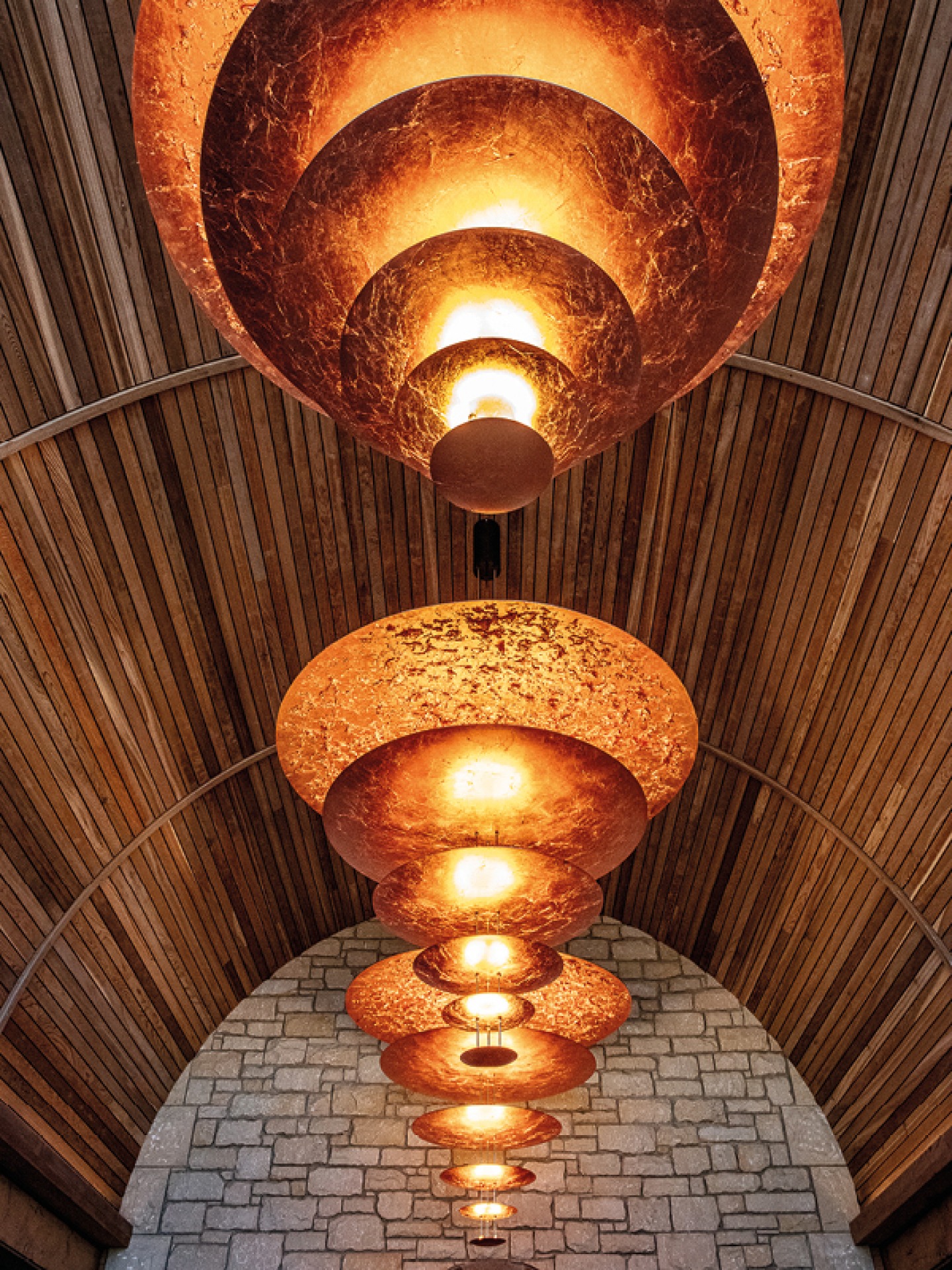
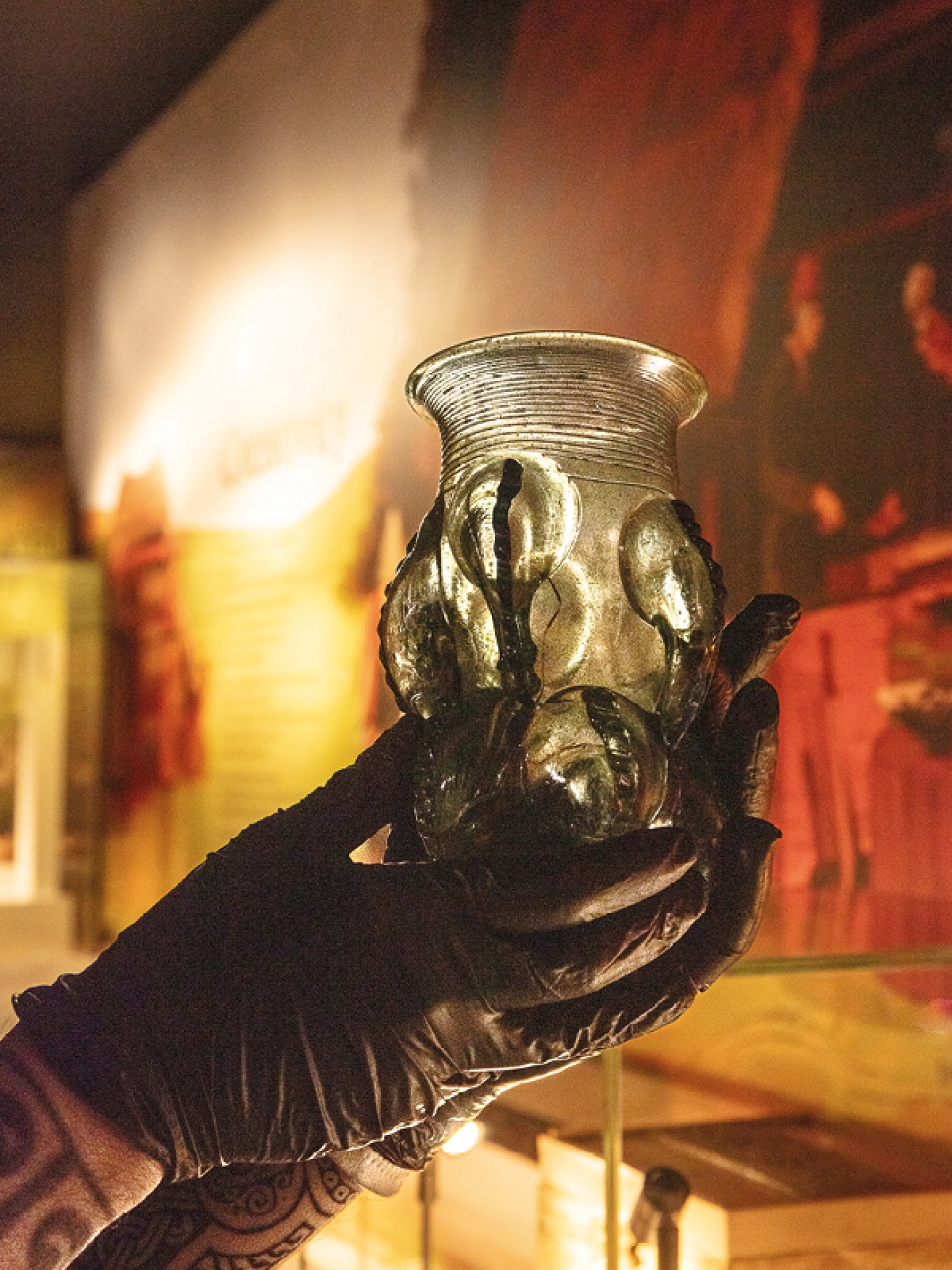
At the moment, only a blended whisky is available, which they’ve called ‘Tácnbora’ – meaning ‘standard bearer’ in Old English. In reflection of the peoples that would have made up the Anglo-Saxon Northumbrians, it’s a mix of Scottish and Irish whiskies. Not being much of a whisky fan, I don’t expect to like it, but it’s more than drinkable and (after a few sips) actually quite more-ish.
Director of distilling Ben Murphy won’t be pressed on when the single malt will be available – when asked, he only says ‘when it’s ready’, which is an admirable stance, if frustrating for those who are looking forward to trying it (although I’m sure whisky fans are used to waiting). It’s certainly a long-term project – a single malt must age for a minimum of three years to be classed as such.
But why the combination of an Anglo-Saxon museum, and a whisky distillery? What’s the connection?
According to Alan, the distillery was the first idea. He and Eileen were inspired by trips to vineyards in France – ‘but you can’t do a vineyard up here,’ he laughs. ‘The malting barley grows very well in Northumberland, so the products only travel from the farms to the maltings in Berwick and back again.’ This keeps the environmental footprint down. ‘If you reduce the number of miles you’re travelling, then you’re reducing the effect.
‘We’ve got solar panels on the roof, we’ve got water coming out of the ground here, we’ve got a borehole down. This building that you’re standing in now is heated from the waste heat from the distillery,’ Alan continues.
‘It’s almost a forgotten bit of history, but as a Northumbrian through and through I feel that it’s a message that needs to be got out there’
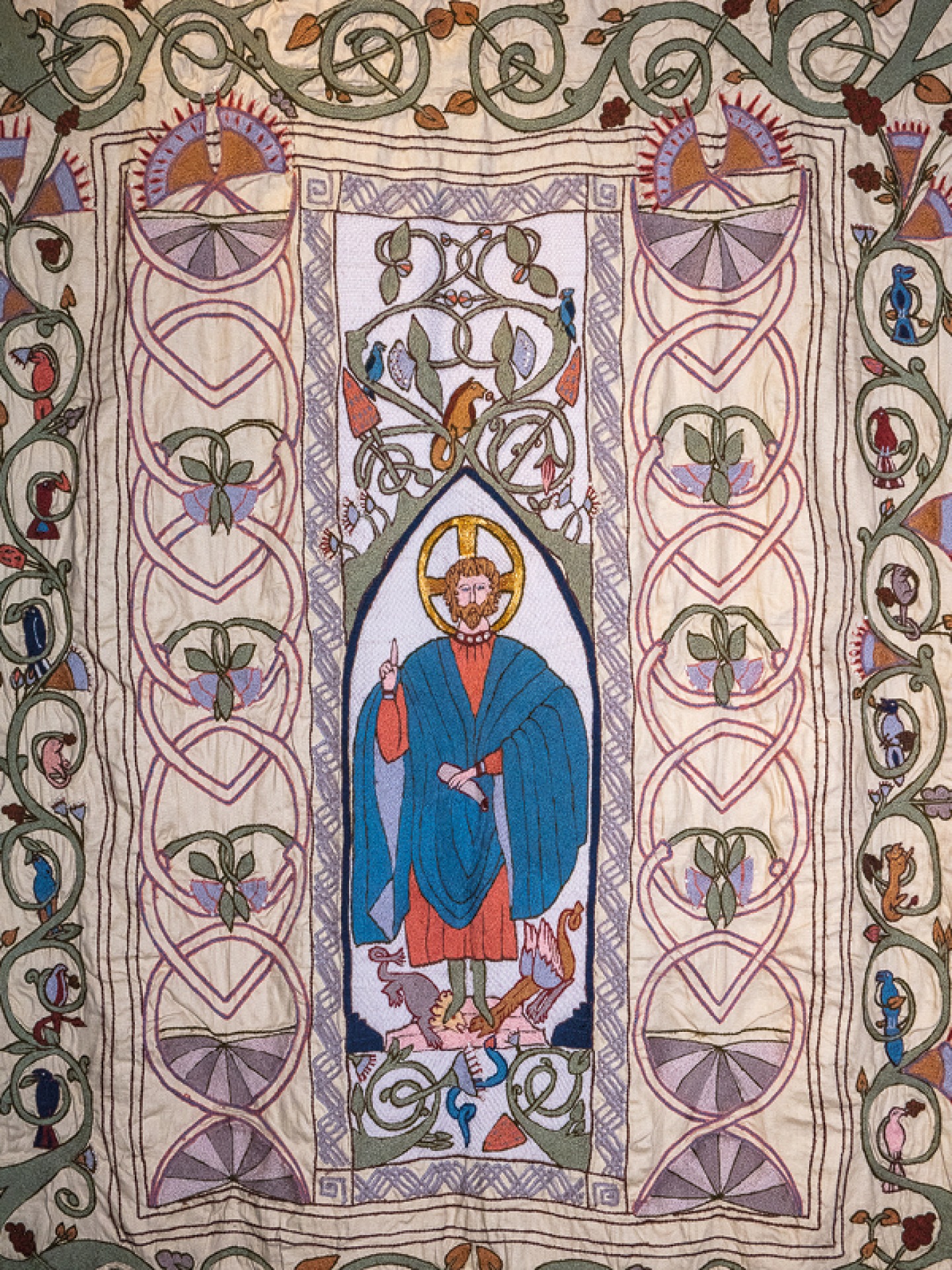
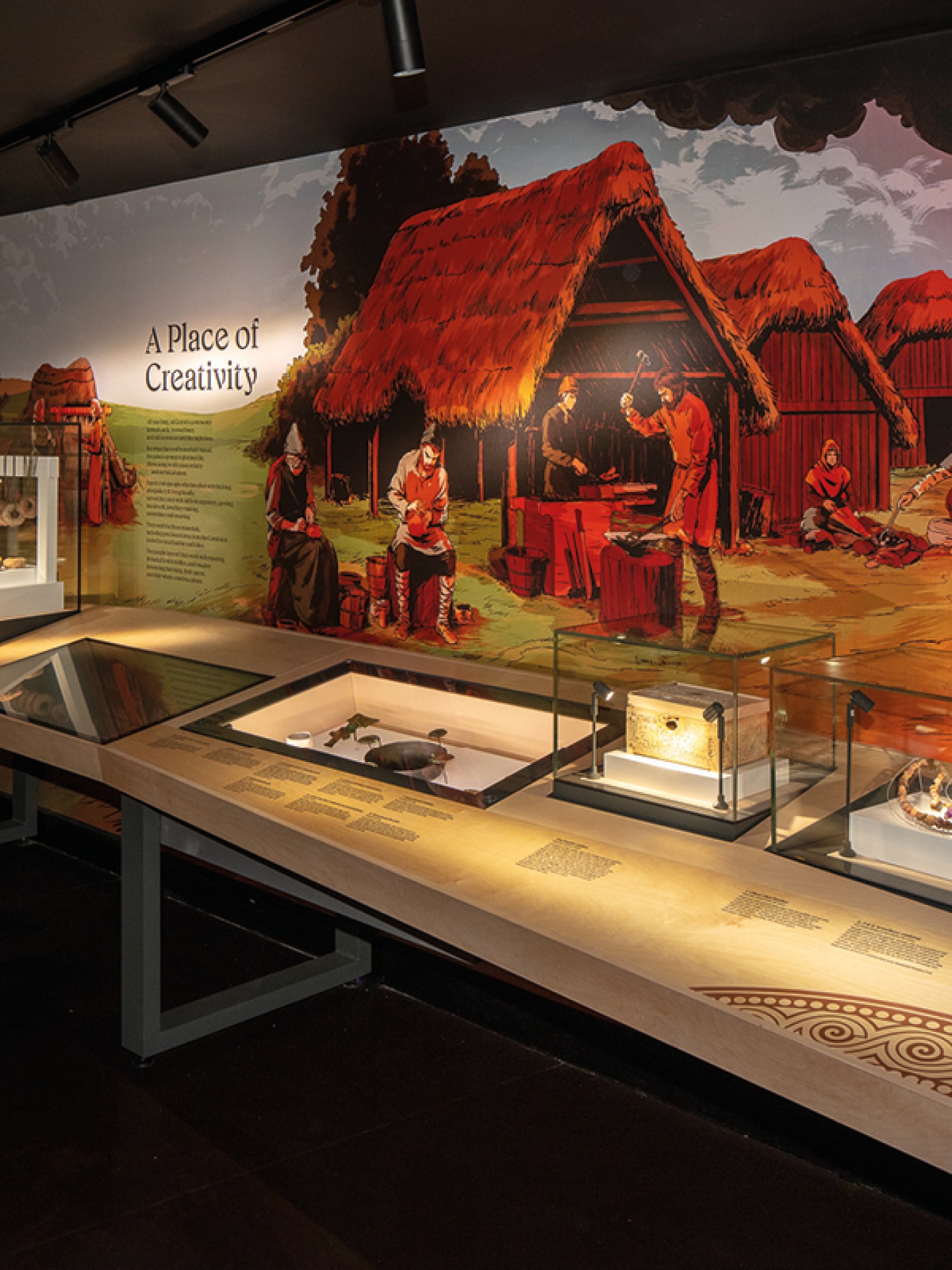
Anyway – back to the whisky. It needed a name. ‘Of course the name Ad Gefrin came up because of the palace, the great hall that was at Yeavering, which was then Yefrin,’ Alan explains. ‘And then people in Wooler were saying, “where’d you get the name from?” and it’s only three or four miles away, but even the local people didn’t know. And yet this was the centre of the golden age of Anglo-Saxon Northumbria.
‘It’s almost a forgotten bit of history, but as a Northumbrian through and through I feel that it’s a message that needs to be got out there. So when they came up with this name and this idea, it did mean that the cost of the project went up, but that’s why we’ve had funding packages in from people – because this is a public-facing service if you like, and it’s worthwhile doing.’
Eileen clearly agrees. ‘That centuries-old link to the distant past and a timeless hospitality makes Ad Gefrin the perfect signpost to Wooler’s future,’ she says. ‘The wholehearted support and enthusiasm of the people of Wooler have carried us through all the challenges and milestones, and we are delighted that so many local people have become so involved in helping to make Ad Gefrin the success we know it will be.’




